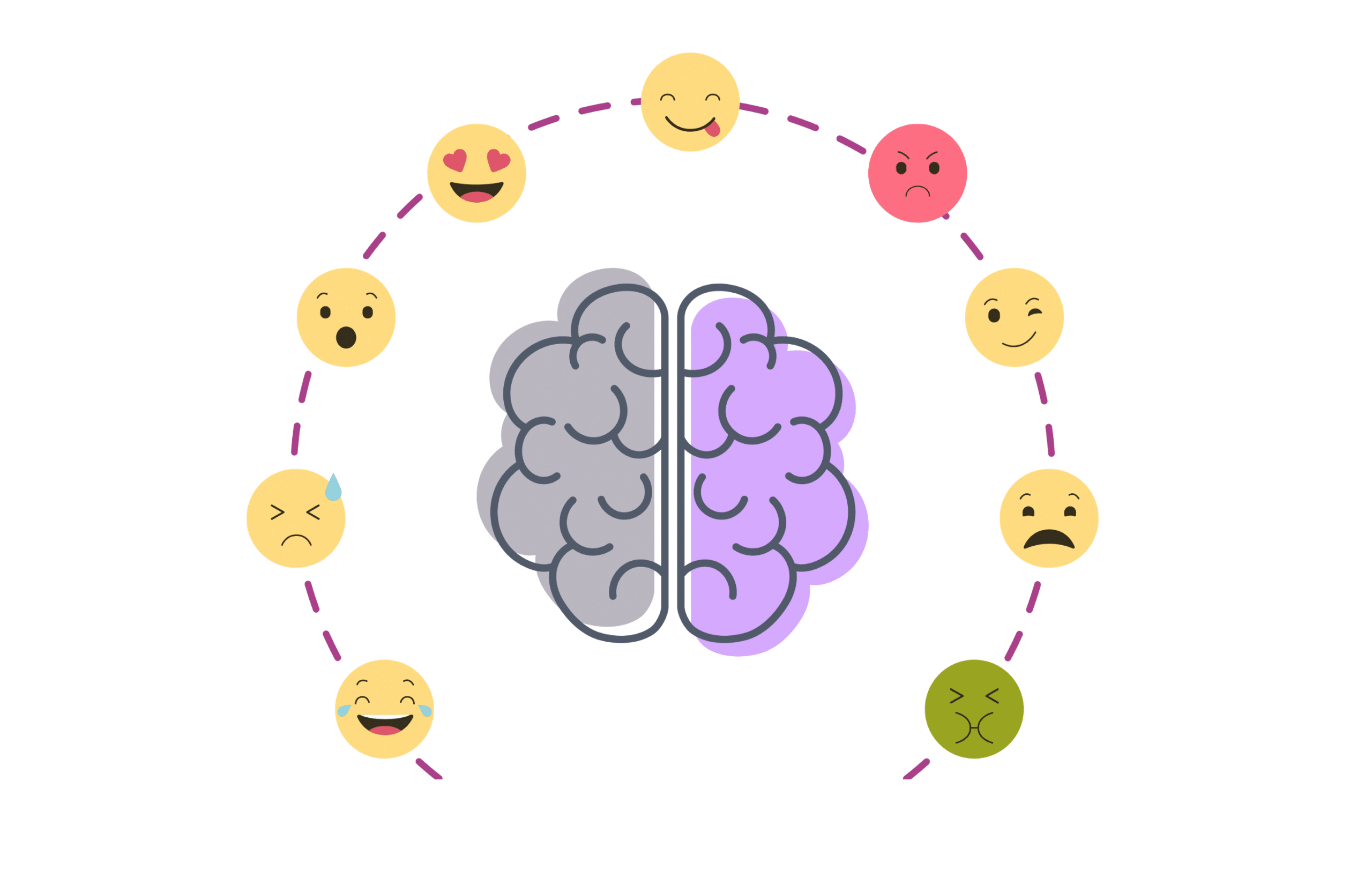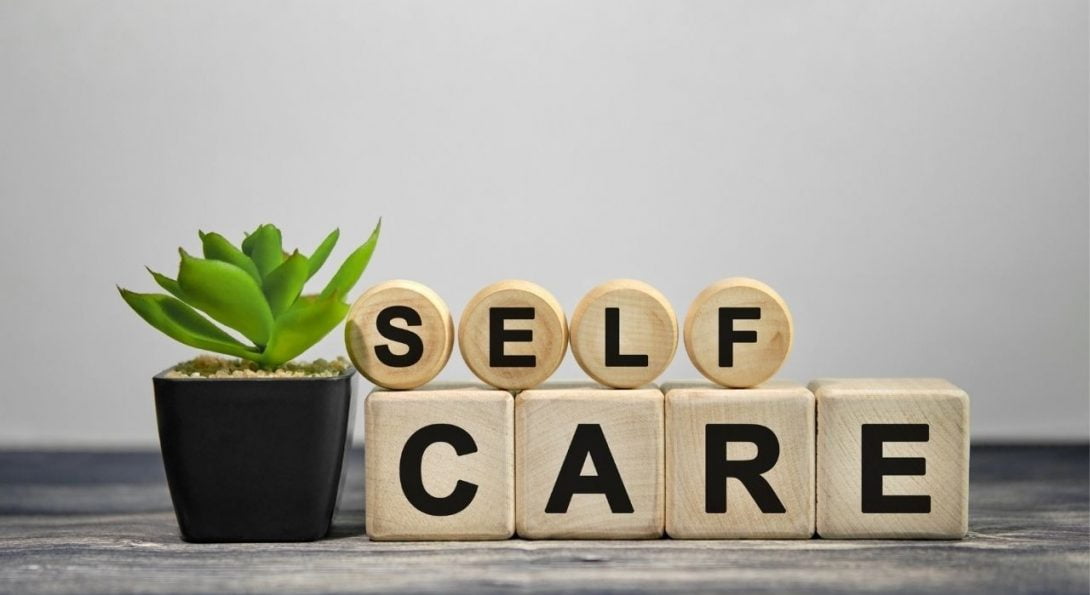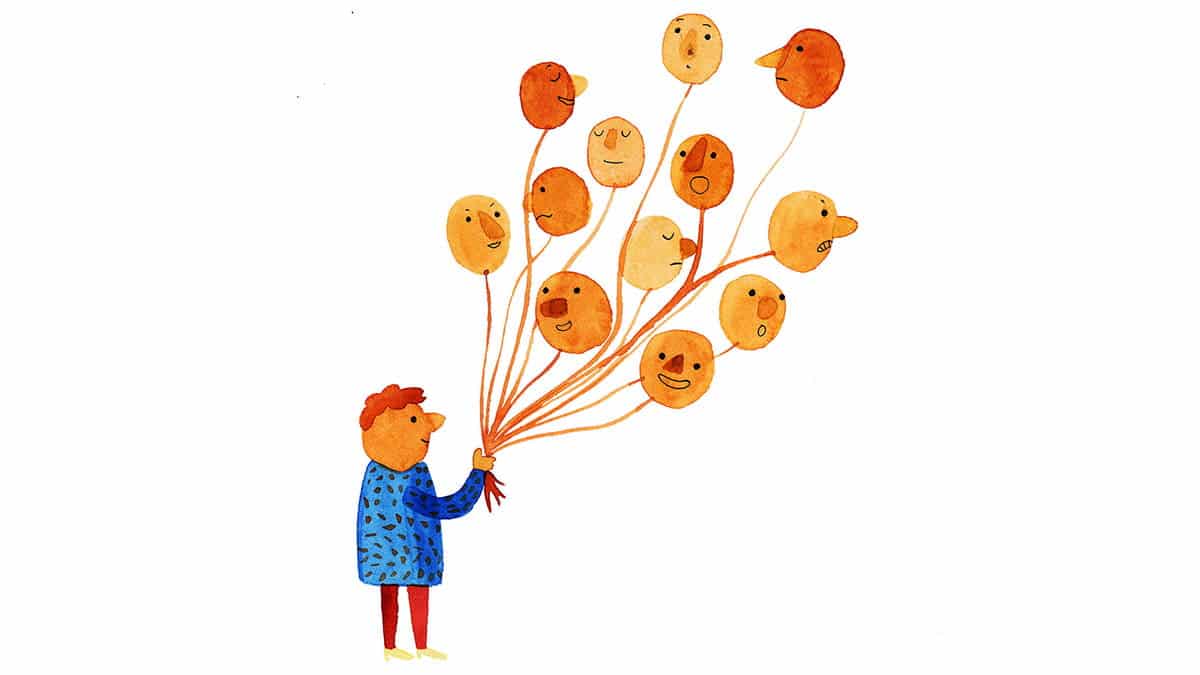Emotions are fine threads that weave our experiences and memories together. They shape our connections with ourselves and other people.
Being an integral part of human life, detachment is also an important part of mental and emotional equilibrium.
If you can detach emotionally, it gives you the power to navigate complex relationships.
Whether it is recovering from heartbreak or finding peace during the challenges of life, learning how to detach from someone is a skill that’s vital for survival.
Artists always take a step back to analyze their art and gain perspective, the same way emotional detachment allows you to heal and grow as per your terms.
Today, we will embark on a journey that will guide us toward learning emotional detachment.
Everything from mindfulness practices to defining your boundaries, these techniques will help you regain control over your emotions.
1. Accept Your Feelings: A Foundation

When trying to get rid of something, it’s important to acknowledge its existence. Similarly, to get rid of an emotional attachment, you must accept the feelings associated with that.
For starters, you need to permit yourself to feel all emotions without any resistance. By doing this, you embrace your emotions and pave your way toward detachment.
You must understand that accepting your feelings does not mean surrendering to those emotions in any way. This is just a method to free you from the hold of these emotions without approving them for yourself.
This fosters a healthy relationship between you and your emotions, thus enabling you to observe them without becoming overwhelmed. This also modifies your responses to challenging situations as well.
2. Practice Mindfulness: A Gateway

When we say mindfulness, it involves cultivating awareness regarding your emotions without any inner judgment. Along with acknowledging your emotions, being aware of them also plays a pivotal role in emotional detachment.
Practicing mindfulness lets you observe your emotions without getting entangled in them. It lets you create a mental distance from these intense emotions, thus giving you a clearer perspective.
It decreases the chances of impulse reaction and gives you a sense of calmness and control. By staying present and attentive, you can disengage from the grip of overwhelming emotions, enabling you to detach more effectively and cultivate a healthier emotional balance.
When learning how to detach from someone, it’s healthier to let go of all the thoughts that can put you in emotional turmoil.
3. Set Boundaries: Building Emotional Resilience

Defining the limits of your emotions is an extremely crucial component of learning how to detach from someone.
Communicating with yourself as well as others helps you in creating a protective space around you. This ensures your emotional well-being and good relationships as well.
Prioritizing your feelings by setting boundaries helps prevent emotional compromises caused by external influences. Maintaining a healthy attitude towards yourself makes it easier to detach emotionally.
Boundaries help you define when feelings are getting unhealthy or excessive for you to take. Setting boundaries helps you cultivate emotional resilience.
Safeguard your feelings by building these boundaries and creating a foundation for effective emotional attachment.
4. Limit Contact: Creating Space

Reducing contact with someone is a practical strategy to facilitate emotional detachment. It involves minimizing communication and interactions to give yourself breathing room.
By doing so, you create a necessary buffer that allows your emotions to settle and heal.
Limiting contact helps you break patterns of emotional dependency and attachment. It enables you to gain perspective on the situation and reduce the emotional intensity that can impede detachment.
This intentional distance provides the opportunity to focus on self-care and personal growth, ultimately aiding the detachment process.
While it might be challenging, limiting contact is a mindful step towards regaining control over your emotions and fostering emotional independence.
5. Seek Support: Sharing the Load

When aiming for emotional detachment, seeking support can be a valuable strategy. When you share your feelings with friends and family, it can work as therapy while also bringing you closer to your loved ones.
Voicing out your emotions works as a let-out and helps you process them without any overwhelming impact. When you talk to someone supportive, you can get guidance and a listening ear, and they can offer empathy, which you might need.
It can be a casual conversation or professional counseling, but seeking support is one of the best ways to detach from someone and understand your emotions more clearly.
While you always have your perspective, talking to somebody else can provide another insight and help you gain a balanced perspective.
Seeking support or talking to somebody is never a sign of weakness; rather, it’s courageous for you to step towards emotional healing and detachment.
6. Focus on Self-Care: Nurture Your Emotions

Giving attention to your emotions, which is self-care, is a pivotal step in emotional detachment. You could engage in recreational activities or put your mind into a hobby for self-care.
Engaging in these activities nourishes your mind spirit as well as your body and builds emotional resilience.
Whether it be yoga reading or going to a spa, these activities can be a constructive outlet for your emotions.
You must prioritize yourself and acknowledge your worth for successful detachment.
This intentional investment in yourself fosters self-love and makes it easier to separate your emotions from external influences. Self-care also replenishes your emotional resources and empowers you to approach situations comfortably.
By focusing on self-care, strength is cultivated, which is needed for life challenges and emotional detachment.
7. Emotional Regulation: A Mastery Over Your Feelings

Emotional drip regulation refers to the conscious management of your emotions to achieve a practical state of mind. Techniques like breathing, journaling, and meditation are some of the best ways to practice control over emotions.
These methods help you navigate the highs and lows of emotions without affecting your state of mind. Deep breathing has a calming effect on the nervous system, thus helping you make a more rational decision.
Immediate attachment can be avoided with meditation while journaling acts as a healthy outlet while also helping you in reflecting on your emotions. It gives you the power to process your emotions constructively and prepare an appropriate reaction.
Emotional regulation is like a guiding compass that helps you in this journey.
8. Challenge Negative Thoughts: Transform the Mental Landscape

One of the prime methods for emotional detachment is learning to regulate your negative emotions. You must recognize and question the validity of your pessimistic beliefs.
By scrutinizing the origins and implications of these negative emotions, you gain a clear understanding. It helps you eliminate distorted thoughts and gives a balanced perspective.
Self-reflection and self-compassion are a few other things that develop when you challenge your negative emotions.
It helps you build resilience and maintain emotional equilibrium to deal with negative emotions without overwhelming responses.
They acknowledge that these negative thoughts will help you create space for emotional attachment and pave the way for a healthier mindset.
9. Redirect Your Focus

Developing a healthier mindset is a cornerstone of emotional detachment. It involves reshaping your thought patterns and perspectives to foster emotional resilience.
You create a mental environment that supports detachment by nurturing positive self-talk and constructive beliefs. A healthier mindset encourages self-awareness, enabling you to recognize emotional triggers and choose how to respond.
It embraces the understanding that you have control over your thoughts and reactions.
As you cultivate a mindset that values growth, learning, and self-empowerment, you become better equipped to detach from situations and individuals that may provoke intense emotions.
This shift in thinking empowers you to navigate emotional landscapes with greater composure, ultimately leading to a more harmonious balance between your internal world and external experiences.
10. Visualize Detachment: Creating Distance

Visualizing detachment is the powerful technique of creating a significant distance between yourself and the challenging emotions you face.
Close your eyes and imagine a scenario where you observe your emotions as a third person; this fosters a sense of separation from your emotions.
This helps in treating emotions as a passing cloud rather than a storm.
It cultivates a perspective that emotions are transient and never define your personality. Disconnecting from the overwhelming feelings helps you regain a sense of control over your emotions.
You can handle any situation with calmness. Use this mental tool to facilitate emotional balance and foster a healthy relationship with your inner self.
11. Positive Affirmations: Rewrite Your Emotions

Positive affirmations are statements designed to shift your emotions more constructively. Repeating affirmations that reflect attachment helps you rewire your thought patterns.
These affirmations also challenge the net negative aspect of yourself that you foster in your mind. It builds emotional resilience and empowers your mind as well.
When you affirm your ability to manage your reactions, you can find inner peace sooner than you realize. Like a guiding ray of light, positive affirmations remind you of your strength during difficult times.
Integrate these affirmations into your daily routine to detach from emotional triggers and navigate situations with composure. They shape your emotional landscape and lead you towards a harmonious one.
12. Reflect on Experiences: Nurture Emotional Growth

Introspection or reflecting on your experiences can help you learn from your past mistakes. Reflect on the emotional reactions and thoughts you had to the previous situations you have been in and learn your attachment patterns.
This practice makes you self-aware and enables you to recognize the moment, which can be helpful for your future endeavors.
This also fosters growth by bringing valuable lessons in different contexts and situations.
Identify the triggers and understand why you reacted the way you did. Develop a clearer and deeper understanding of your feelings using these methods.
13. Get New Experiences: Rejuvenating Perspective

Gaining new experiences is one of the best ways to forget the old ones. This introduces novelty and diversity in your life. When you step out of your comfort zone and try unfamiliar activities, you create an opportunity to transform your emotional perspective.
New experiences are a key to personal growth and broadening your horizons regarding thought processes.
New activities stimulate your mind and foster a sense of excitement and curiosity. The more immersed yourself in the situation, the more you can let go of your previous attachments.
It’s easier to break free from emotional loops and get a fresh outlook on life with this method.
14. Take Your Time: Honour the Process

When trying to detach from someone emotionally, you must give yourself enough time. Allow yourself to create enough space and be patient with your mind.
If you rush into the process, it can hinder your development, and you might not be able to develop a true sense of detachment. Allow yourself to experience emotions at a comfortable pace and acknowledge their significance.
This trick, self-compassion, reminds you that healing is not a linear process. You can deal with law situations effectively. The gradual loosening of emotional ties builds a strong foundation of emotional resilience.
Giving yourself time is a testament to your commitment to your emotional well-being and moving toward a clearer perspective.
15. Professional Guidance: Expert Counselling

Seeking professional guidance is a vital step in the journey of emotional detachment. Trained therapists or counselors offer a safe and supportive space to explore complex emotions.
These professionals provide specialized techniques and insights to effectively navigate attachment and detachment processes. Through therapy, you gain a deeper understanding of your emotional triggers and learn coping strategies tailored to your unique situation.
Professional guidance offers an objective perspective, helping you detach from emotions that may cloud your judgment.
Therapists assist in developing emotional regulation skills and fostering resilience, ultimately promoting a healthier relationship with your feelings.
Recognizing when your emotions become overwhelming and seeking expert support allows you to confidently navigate emotional landscapes, ensuring your well-being remains a priority throughout the detachment process.
Conclusion
In the intricate labyrinth of human emotions, the art of emotional detachment emerges as a beacon of self-care and empowerment.
As we conclude our exploration of these 15 proven methods for emotional detachment, it becomes clear that detachment is not synonymous with detachment from life or emotions.
Instead, it’s a practice that empowers us to navigate the currents of emotions with wisdom and grace.
As you embark on your journey toward emotional detachment, remember that it’s not about severing connections or suppressing feelings. It’s about navigating emotions from a place of strength, wisdom, and balance.
The path to emotional detachment is an ongoing process that empowers you to cultivate a harmonious relationship with your feelings, offering you freedom and emotional well-being.




